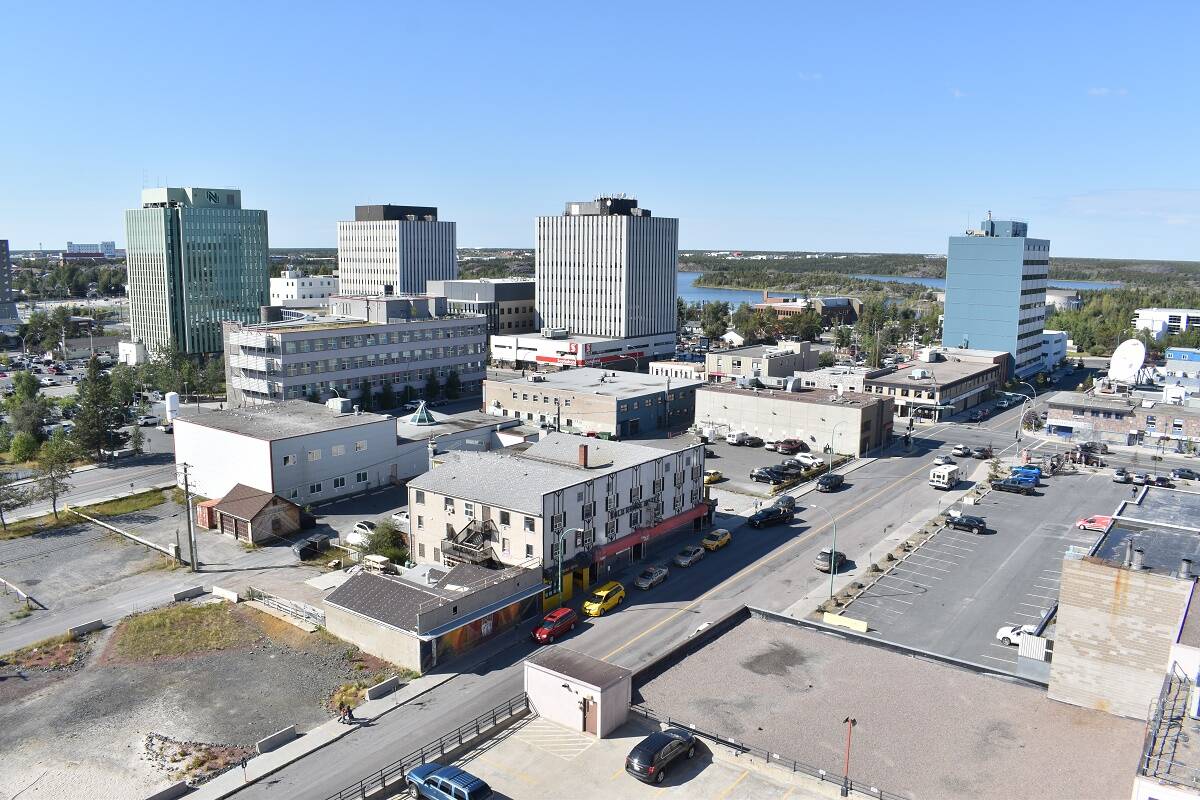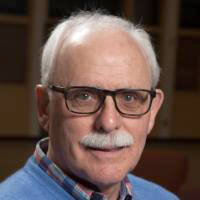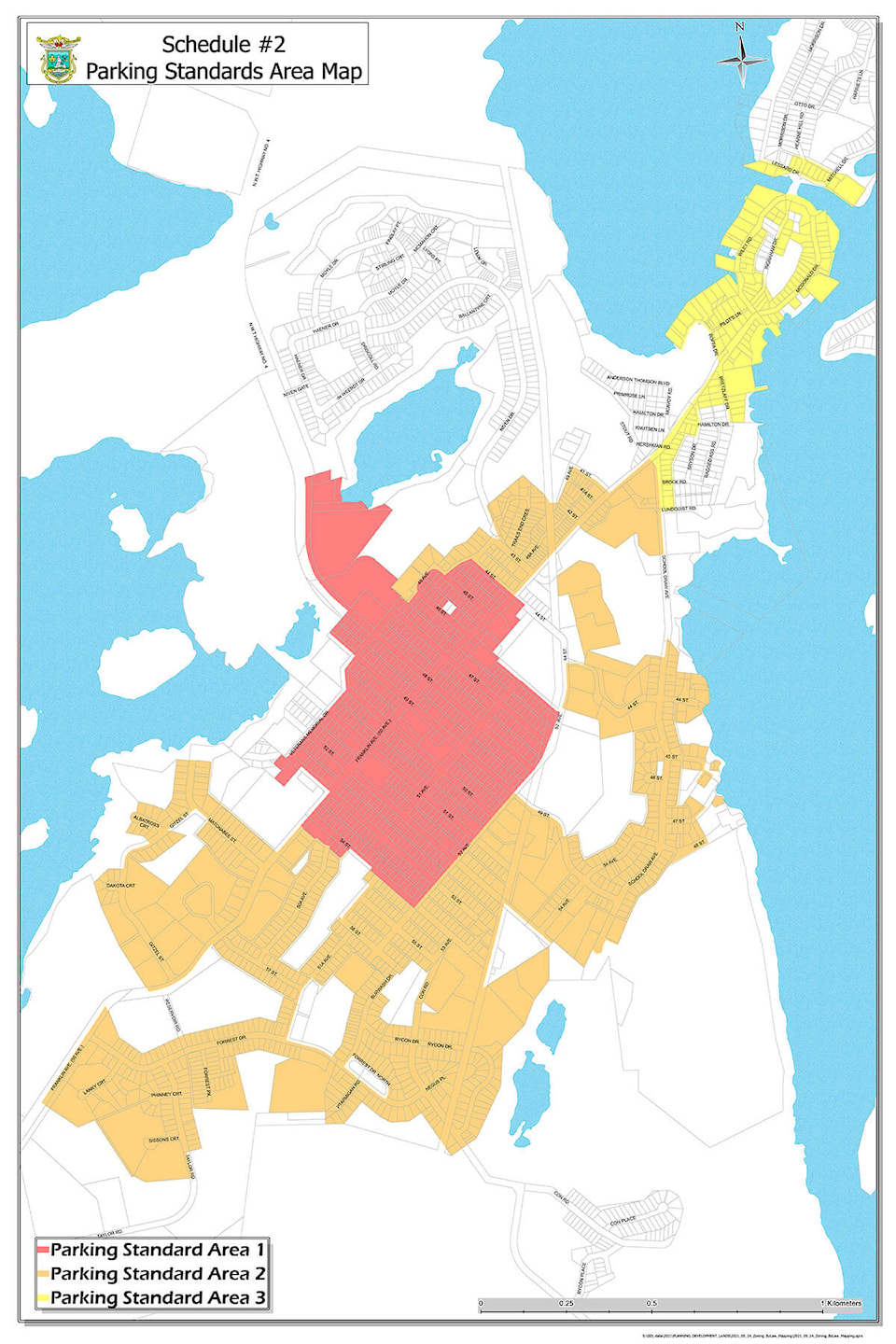I’m tired of being told I just don’t like change when I disagree with the proposed changes to our zoning bylaw.
I began my life in a one room log cabin on what is now called Ragged Ass Road. Tom Reid’s horses, whose barn was at the end of our street, pulled the water wagon, the “honey” wagon and garbage wagon (sleds in the winter months). My family and I moved up the hill to the “New Town” in 1953 to take advantage of running water and sewer and proximity to school and recreation facilities. For 68 years, at least one member of my family has always been a resident of the area surrounding downtown. There are now three generations of my family living here.
Over the years I’ve seen many changes in our town and have supported the good ones and opposed the bad ones. I have never seen such a large, ill-considered proposal from City Council as the draft zoning bylaw.
The bylaw is bad and the processes that led to its development should have residents very worried. I have commented previously in these pages about the flawed consultation process that led to the draft bylaw, so won’t repeat that.
At the Oct. 25 Governance and Priorities meeting of city council, where the draft zoning bylaw was officially presented, the planners said they had made some changes to the zoning to accommodate residents’ concerns in keeping best practices and planning principles. Specifically, the fact that the RC zone had too much mixed use and too much reduction in regulation for such a large area. They indicated that they were guided by the following city documents, all of which had been approved by council: Smart Growth, Downtown Revitalization Plan and the Community Plan. They recommended a change to a new RC 1 zone for most of the RC area. Our neighbours on 50A Avenue thought the improvements were good but still questioned the unconditionally permitted use of many commercial establishments in a residential zone.
One point I want to make very clear: the neighbourhoods around the downtown area do not oppose densification of housing such as duplex, triplex and row housing. What they do oppose is commercial uses which they see as redundant in an area so close to downtown and which will negatively alter the residential character of their neighbourhoods.
Our committee wrote to each councillor with six questions we wanted the planners to answer. Only one councillor, Shauna Morgan, asked one of our questions at the meeting and it was never satisfactorily answered.
Then, the big surprise. Mayor Rebecca Alty commenced a long monologue of her personal feelings about what is good for the RC and RC 1 neighbourhoods. She referenced New Zealand without a speck of evidence why that example had any relevance to our community. Her dream saw garages turned into yoga studios and tiny houses built to house communal commercial kitchens.
She ignored the planners and made a motion that most of the commercial uses be put back in the bylaw and even added a new one. The most egregious is Urban Agricultural, Commercial. This zoning allows the raising and sale of goats, pigs, chickens and fish processing in residential neighbourhoods. I guess it’s so the pigs have easy access to the library and downtown stores.
That’s the worst but not the only concern. Other permitted uses she wants in RC and RC 1 include food and beverage services, bowling alleys, recreational equipment storage, staging areas, convenience stores, restaurants and taverns – the list goes on.
The contrast to what she had been told by the planners was astounding. They had stated categorically and provided evidence to support the fact that a convenience store was not compatible with residential areas except at unique and rare locations.
Her motion was immediately seconded by Coun. Julian Morse, who had been quite visible online as supporting the bylaw even before public comments were presented, so we know how much he took citizens’ concerns into account.
Coun. Niels Konge voted for the motion, as expected, as he calls people who have ideas that he doesn’t agree with names and discounts their opinions. See the webcast of the GPC meeting of Jan. 18, 2021. At the Oct. 25 meeting he clearly ignored Grace Lake residents who had raised concerns as their concerns didn’t suit his personal vision for the area. He did mention how great Danish cities were because he could crash on friends’ couches.
Coun. Cynthia Mufandaedza at least demonstrated that she had read the bylaw and expressed some detailed concerns raised by people in the affected zones. It was interesting to note that she was promised special consideration for her stated issues during the meeting. She then voted for the motion.
Coun. Robin Williams, who earlier in the meeting had said that RC 1 zoning was an “elegant solution” to the concerns expressed by residents before the Oct. 1 deadline, then voted for the motion, effectively destroying that solution.
Do these councillors sound like serious people engaged in representing their citizens?
That meeting lasted almost four hours and I watched it all. I heard a lot of the councillors state personal opinions. That’s fine, but when they state that a certain course of action should be pursued by the city they must be prepared to explain what they are suggesting and back it up with facts. That councillors supported the mayor’s motion without any supporting facts that it would improve the city reminded me more of a séance than a meeting of people seriously engaged in representing their citizens.
This is the Council that says it supports greenhouse gas reduction yet permits a doubling of our drive-thru businesses and allows two more drive-thru lanes to be built. Winter’s coming: wait for the new ice fog cloud caused by idling vehicles.
This is the Council that developed the plan promoting public transit. Are the drive-thru customers likely to convert to being bus riders?
This is the Council that ignores their planners’ advice and residents’ concerns and wants to turn houses in RC and RC 1 into stores, restaurants and now, pig farms. How does this achieve the densification they indicate is a goal of the Community Plan?
These RC and RC 1 neighbourhoods are where kids can access seven schools on foot or bike for their whole school career. How’s that for a greenhouse gas reduction?
I am asking City Council to get serious about the Community Plan and Zoning Bylaw. I am asking council to take their planners’ advice and heed the many concerns expressed by residents of neighbourhoods surrounding downtown and eliminate non-compatible commercial activities from residential neighbourhoods as permitted uses. It’s good planning, not just for RC and RC 1, it’s good for all Yellowknife to keep a mix of housing in these areas.
I am urging concerned citizens to, once again, email Council and express their concerns with the Bylaw and the Community Plan. We can’t let the Mayor’s shenanigans kill our central residential neighbourhoods for no reason other than she has had a “vision”. The address is: council@yellowknife.ca.
Mike Vaydik
Yellowknife


